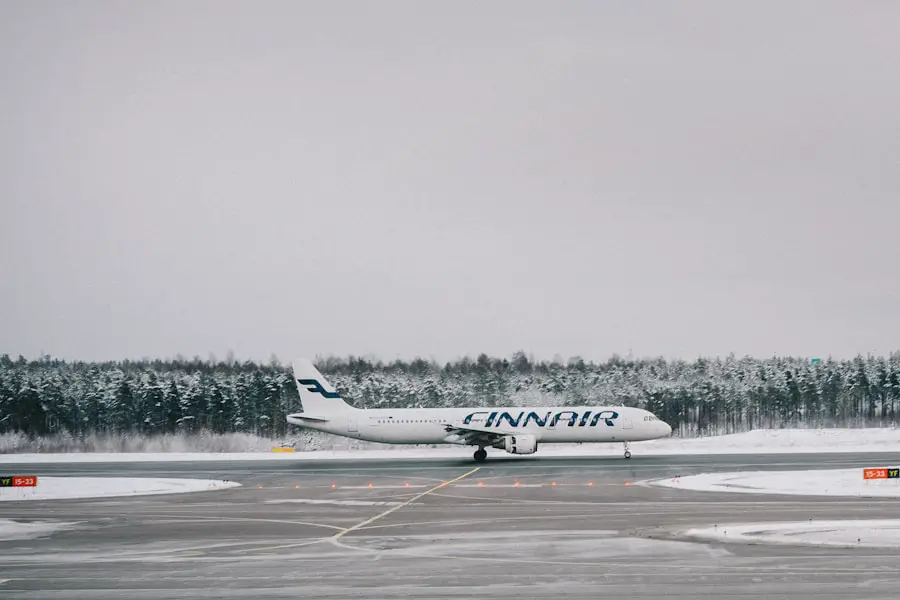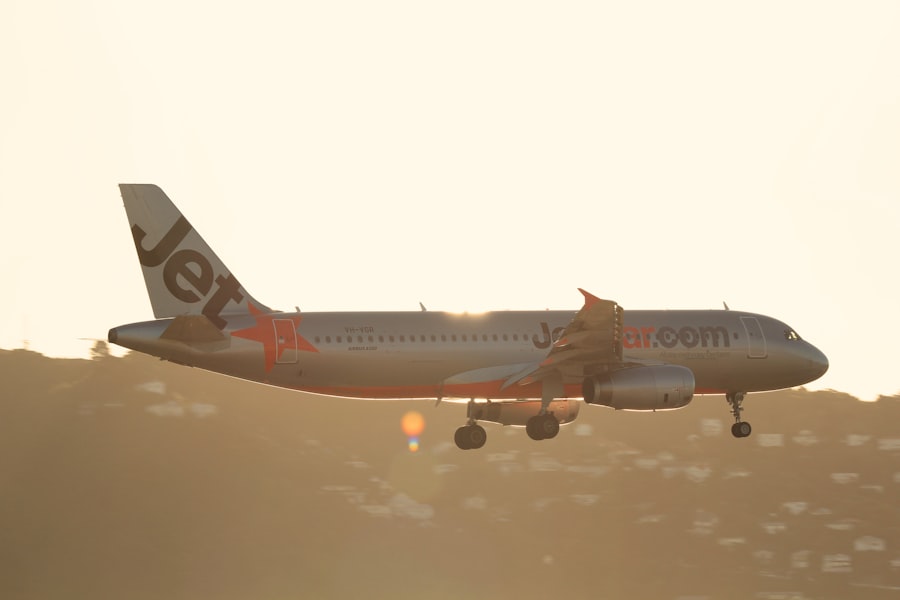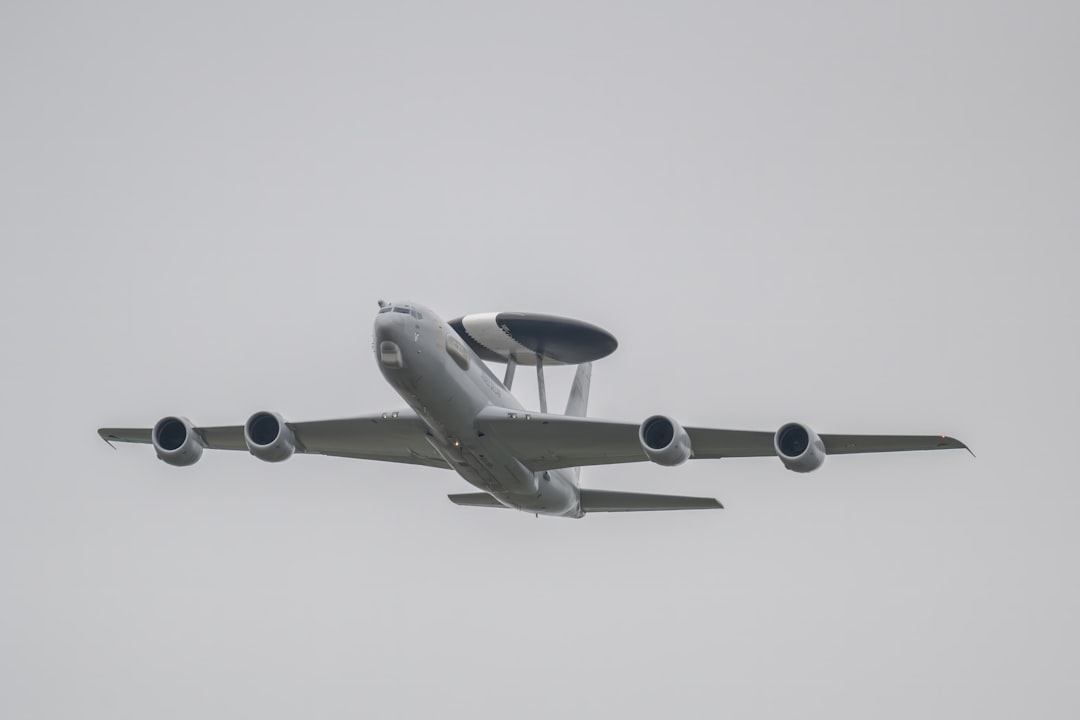Spirit Airlines, founded in 1980, has carved a niche for itself in the competitive landscape of the airline industry as a pioneer of the ultra-low-cost carrier model. Originally established as a charter service, the airline transitioned to a scheduled service model in 1992, focusing on providing low fares to travelers. Headquartered in Miramar, Florida, Spirit Airlines operates an extensive network of domestic and international routes, primarily serving destinations in the United States, Latin America, and the Caribbean.
The airline’s business model is built around offering bare-bones fares that appeal to cost-conscious travelers, allowing them to customize their travel experience according to their budget and preferences. Spirit Airlines has become synonymous with the concept of “no-frills” flying, where the emphasis is placed on affordability rather than luxury. This approach has attracted a diverse customer base, from families seeking budget-friendly vacations to business travelers looking for economical options.
However, this model has also drawn criticism for its lack of amenities and customer service. As the airline industry continues to evolve, Spirit Airlines remains a significant player, challenging traditional carriers by redefining what it means to fly affordably.
Key Takeaways
- Spirit Airlines is a low-cost carrier known for its no-frills approach and budget-friendly fares.
- The airline offers unbundled fare structure, allowing passengers to pay only for the services they need.
- High density seating is a common feature on Spirit Airlines flights, maximizing the number of passengers on each aircraft.
- Fuel efficiency and cost savings are prioritized by the airline through measures such as single aircraft type and weight reduction.
- Spirit Airlines outsources maintenance and operations to save costs, leading to limited customer service and reliance on ancillary revenue streams.
Minimal Frills, Maximum Savings
At the core of Spirit Airlines’ business strategy is the principle of minimal frills, which translates into maximum savings for passengers. Unlike traditional airlines that offer complimentary meals, beverages, and entertainment options, Spirit Airlines opts for a more stripped-down approach. Passengers are encouraged to bring their own snacks and entertainment, which not only reduces operational costs but also allows travelers to tailor their experience according to personal preferences.
This model resonates particularly well with budget-conscious travelers who prioritize price over additional services. The airline’s commitment to minimalism extends beyond in-flight services; it is reflected in its overall operational philosophy. By focusing on essential services and eliminating unnecessary costs, Spirit Airlines can offer some of the lowest fares in the industry.
This approach has proven effective in attracting a loyal customer base that values affordability above all else. For instance, a traveler booking a flight from Los Angeles to Las Vegas might find Spirit’s fares significantly lower than those of legacy carriers, making it an attractive option for those looking to save money on short-haul flights.
Unbundled Fare Structure

One of the defining features of Spirit Airlines is its unbundled fare structure, which allows passengers to pay only for the services they choose to use. This pricing model contrasts sharply with traditional airlines that typically include various amenities in the ticket price. Spirit’s fares are often advertised at a base rate that appears incredibly low; however, this price does not include many of the services that travelers may expect.
For example, checked baggage fees, seat selection, and onboard refreshments are all offered as add-ons, allowing passengers to customize their travel experience based on their individual needs. This unbundled approach can lead to significant savings for travelers who are willing to forego certain amenities. A passenger traveling light with only a carry-on bag may find that they can secure an exceptionally low fare by opting out of additional services.
Conversely, those who prefer more comfort or convenience may end up paying more than they would on a traditional airline once all fees are accounted for. This pricing transparency can be both a blessing and a curse; while it empowers consumers to make informed choices about their travel expenses, it can also lead to confusion and frustration if passengers are not fully aware of the potential costs associated with their flight.
High Density Seating
| Category | Metrics |
|---|---|
| Occupancy | Number of seats per square foot |
| Efficiency | Percentage of seating capacity utilized |
| Comfort | Feedback on seating comfort from users |
| Cost | Cost per seat for high density seating |
Spirit Airlines employs a high-density seating configuration on its aircraft, which is a key component of its low-cost business model. By maximizing the number of seats available on each flight, the airline can spread its operational costs over a larger number of passengers, thereby reducing the fare per seat. This strategy is particularly evident in Spirit’s Airbus A320 family aircraft, which feature narrower seats and reduced legroom compared to those found on many traditional carriers.
While this design choice allows Spirit to offer lower fares, it also raises questions about passenger comfort and overall flying experience. The high-density seating arrangement has sparked debate among travelers and industry experts alike. Proponents argue that it enables more people to fly at affordable prices, democratizing air travel for budget-conscious consumers.
Critics, however, contend that such configurations compromise passenger comfort and safety. The reduced legroom can lead to discomfort on longer flights, and some passengers may find it challenging to navigate the aisles in crowded conditions. Despite these concerns, Spirit Airlines continues to prioritize its high-density seating model as a means of maintaining its competitive edge in the low-cost market.
Fuel Efficiency and Cost Savings
Fuel efficiency is another critical factor contributing to Spirit Airlines’ ability to offer low fares. The airline has invested in a modern fleet of aircraft designed with fuel efficiency in mind. For instance, Spirit’s use of Airbus A320neo aircraft incorporates advanced aerodynamics and more efficient engines that significantly reduce fuel consumption compared to older models.
This focus on fuel efficiency not only lowers operational costs but also aligns with growing environmental concerns regarding aviation’s carbon footprint. By prioritizing fuel-efficient aircraft, Spirit Airlines can pass on savings to its customers in the form of lower ticket prices. The airline’s commitment to sustainability is evident in its operational practices as well; for example, it employs techniques such as single-engine taxiing and optimized flight paths to further reduce fuel consumption during operations.
These measures not only contribute to cost savings but also enhance the airline’s reputation as an environmentally conscious carrier in an industry often criticized for its environmental impact.
Outsourced Maintenance and Operations

To maintain its low-cost structure, Spirit Airlines relies heavily on outsourced maintenance and operations. By contracting third-party service providers for aircraft maintenance and ground handling services, the airline can reduce labor costs and streamline operations. This strategy allows Spirit to focus on its core competencies while leveraging specialized expertise from external vendors.
However, outsourcing also raises concerns about quality control and safety standards. While outsourcing can lead to cost savings and increased efficiency, it necessitates rigorous oversight to ensure that maintenance practices meet regulatory requirements and industry standards. Spirit Airlines has faced scrutiny in the past regarding its maintenance practices; however, the airline asserts that it adheres to all Federal Aviation Administration (FAA) regulations and conducts regular audits of its service providers.
The balance between cost savings and safety remains a critical consideration for Spirit as it navigates the complexities of outsourced operations.
Limited Customer Service
Spirit Airlines’ commitment to keeping costs low extends to its customer service model, which has garnered mixed reviews from passengers.
As a result, customers may find themselves facing long wait times when seeking assistance or navigating issues related to their flights.
This limited customer service can be particularly frustrating for travelers who encounter unexpected challenges during their journey. The airline’s approach to customer service reflects its broader business philosophy: prioritize cost savings over traditional service expectations. While some passengers appreciate the straightforward nature of Spirit’s operations—where everything from booking to boarding is designed for efficiency—others feel that the lack of support can detract from their overall travel experience.
In an era where customer service is increasingly emphasized across industries, Spirit’s approach raises questions about how far airlines can push the boundaries of service without alienating their customer base.
Ancillary Revenue Streams
A significant aspect of Spirit Airlines’ financial success lies in its ability to generate ancillary revenue streams beyond ticket sales. The airline has developed a robust portfolio of add-on services that allow passengers to customize their travel experience while providing additional revenue opportunities for the company. These ancillary offerings include fees for checked baggage, seat selection, priority boarding, and onboard refreshments—each contributing to Spirit’s bottom line.
The reliance on ancillary revenue has become a hallmark of the ultra-low-cost carrier model, with Spirit leading the charge in this arena. In fact, ancillary revenue accounted for a substantial portion of Spirit’s total revenue in recent years, highlighting the effectiveness of this strategy. While some travelers may view these fees as hidden costs that complicate the booking process, others appreciate the flexibility they provide in tailoring their travel experience according to individual preferences and budgets.
Direct Booking and Online Services
Spirit Airlines has embraced technology as a means of enhancing customer convenience through direct booking and online services. The airline’s website and mobile app allow passengers to easily search for flights, manage bookings, and access ancillary services—all from the comfort of their own devices. This emphasis on digital engagement aligns with broader trends in consumer behavior, where travelers increasingly prefer self-service options over traditional methods of booking through travel agents or call centers.
By streamlining the booking process and offering user-friendly online tools, Spirit Airlines empowers customers to take control of their travel plans while minimizing operational costs associated with customer service interactions. However, this reliance on technology also presents challenges; not all customers are comfortable navigating online platforms or may encounter difficulties during the booking process. As such, while direct booking enhances efficiency for many travelers, it may inadvertently exclude those who prefer more personalized assistance or lack access to reliable internet services.
Targeting Budget Travelers
Spirit Airlines has successfully positioned itself as a go-to option for budget travelers seeking affordable air travel solutions. By focusing on price-sensitive consumers who prioritize cost over luxury or convenience, the airline has tapped into a growing market segment that values accessibility above all else.
The appeal of Spirit Airlines lies not only in its low fares but also in its ability to cater specifically to the needs of budget-conscious travelers. For instance, families planning vacations or students traveling home for holidays often seek out affordable options that fit within tight budgets. By offering competitive pricing and flexible fare structures, Spirit Airlines has become synonymous with budget travel—a reputation that continues to attract new customers seeking economical flying options.
The Trade-offs of Low-cost Flying
The rise of ultra-low-cost carriers like Spirit Airlines has fundamentally transformed the landscape of air travel by making flying more accessible than ever before. However, this shift comes with inherent trade-offs that travelers must navigate when choosing budget airlines over traditional carriers. While Spirit offers enticingly low fares and customizable travel experiences through unbundled pricing models and ancillary services, passengers must also contend with limitations in comfort, customer service, and overall convenience.
As air travel continues to evolve in response to changing consumer preferences and economic pressures, airlines like Spirit will likely remain at the forefront of innovation within the low-cost segment. Understanding the nuances of this business model empowers travelers to make informed decisions about their flying experiences—balancing affordability with expectations for service quality and comfort as they embark on their journeys through the skies.
Spirit Airlines is known for offering incredibly low fares, but have you ever wondered why? According to a recent article on TakeTravelInfo, one reason for Spirit’s cheap prices could be their focus on cutting costs wherever possible. This includes using efficient solar-powered camping lanterns to reduce energy expenses and keep ticket prices down. By implementing innovative solutions like this, Spirit Airlines is able to offer budget-friendly flights to travelers looking to save money on their next trip.
FAQs
What makes Spirit Airlines so cheap?
Spirit Airlines is able to offer lower fares compared to other airlines due to its no-frills approach to flying. The airline charges for additional services such as carry-on and checked baggage, seat selection, and in-flight refreshments, allowing it to keep base fares low.
Are there any hidden fees with Spirit Airlines?
Spirit Airlines is transparent about its fees, but passengers should be aware of the additional charges for services such as carry-on and checked baggage, seat selection, and in-flight refreshments. It’s important to carefully review the fees and policies before booking a flight with Spirit Airlines.
Is Spirit Airlines safe to fly with?
Spirit Airlines meets all safety regulations and standards set by the Federal Aviation Administration (FAA). The airline has a modern fleet of aircraft and adheres to strict maintenance and safety protocols, making it a safe option for air travel.
What are the drawbacks of flying with Spirit Airlines?
While Spirit Airlines offers low base fares, passengers should be prepared for additional fees for services such as carry-on and checked baggage, seat selection, and in-flight refreshments. The airline also operates a no-frills service, so amenities such as in-flight entertainment and complimentary snacks may not be available.
How can I save money when flying with Spirit Airlines?
To save money when flying with Spirit Airlines, passengers can book their flights well in advance, pack light to avoid additional baggage fees, and carefully review and understand the airline’s fee structure before booking. Additionally, joining the airline’s “$9 Fare Club” can provide access to exclusive discounts and deals.
